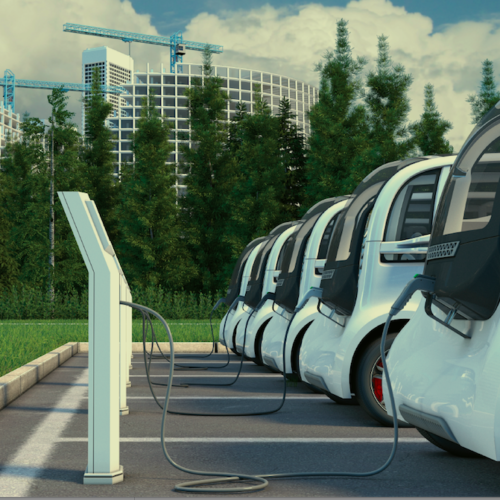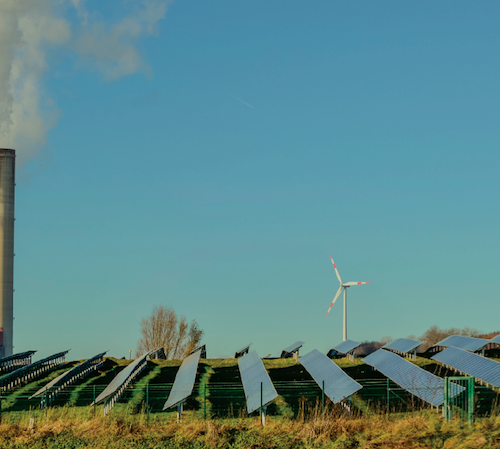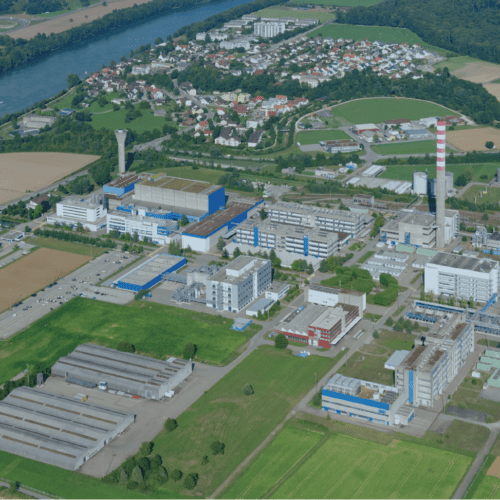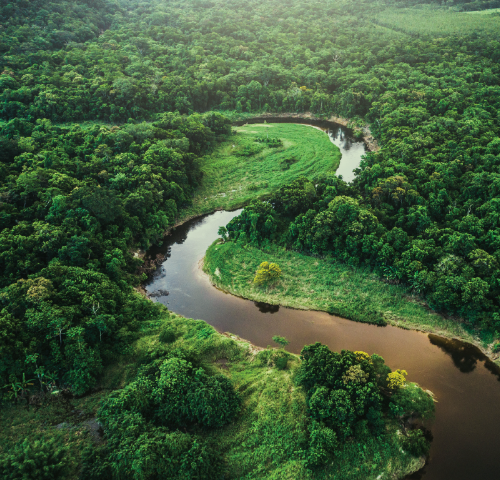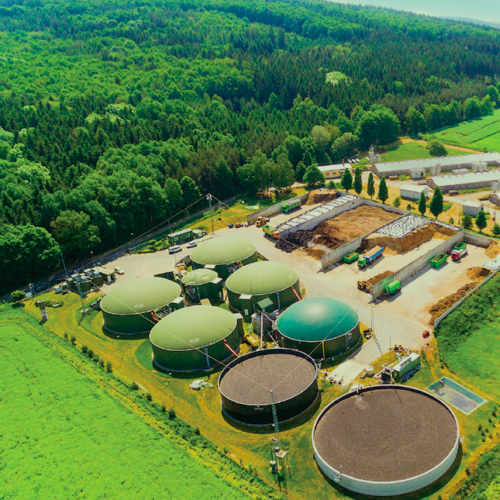More efficient buildings provide multiple benefits including lower emissions, greater comfort, improved health, and lower ongoing costs.

Book | 2018
The Carbon-Free Regions Handbook: Land Use
Land use issues present both a great threat and a great opportunity to climate goals. Some 24% of global greenhouse gas emissions come from agriculture, forestry, and other land use, but this sector can also offset this impact by 20% by removing carbon from the atmosphere.
Land use is best approached at the state, provincial, and regional government scale. Cities miss most of the rural impacts associated with land use. Land use matters also tend to cross subnational jurisdictions, making regional solutions necessary. These recommendations can also provide a variety of benefits for preserving and promoting biodiversity.
Action 20: Sustainable Land Management
Description
Promote policies that create, conserve, and expand high-carbon landscapes like natural grasslands, forests, peatlands, mangroves, and wetlands, and strengthen and enforce laws that combat deforestation.
Action Documents
- The Punjab Forest (Amendment) Act 2016
- Oregon 2017 ORS 526.780: Agreements for forestry carbon offsets and 2017 ORS 526.786: Rules relating to forestry carbon offsets
- National Conference of State Legislatures: State Forest Carbon Incentives and Policies
- Yucatán Peninsula Framework Agreement on Sustainability for 2030
- The Brazilian state of Mato Grosso’s “Producing, preserving, and including” sustainable land use plan—the largest claimed effort at the subnational level (in Portuguese)
Recommended Resources
- Positive Disruption: Limiting Global Temperature Rise to Well Below 2 Cº, Rocky Mountain Institute
- Pathways to a Low-Carbon Economy: Version 2 of the Global Greenhouse Gas Abatement Cost Curve, McKinsey and Company, September 2013, Chapter 8.9: “Forestry,” pp. 116–122
- Governors’ Climate and Forests Task Force database, home to 200+ laws and policies to reduce deforestation + 150+ ongoing partnerships and ongoing initiatives
- Tropical Forest Alliance 2020 partner mapping initiative
- State Forest Carbon Incentives and Policies, National Conference of State Legislatures
- Reducing Deforestation to Fight Climate Change: Insights from a CFR Workshop, Greenberg Center for Geoeconomic Studies, 2015
- “Four forestry initiatives Pakistan is taking to fight climate change,” The Express Tribune, 2018
- Jurisdictional Approaches to REDD+ and Low Emissions Development: Progress and Prospects, World Resources Institute, 2018
- Sustainable Development Options and Land-Use Based Alternatives to Enhance Climate Change Mitigation and Adaptation Capacities in the Colombian and Peruvian Amazon While Enhancing Ecosystem Services and Local Livelihoods

The Department of Caquetá promotes the restoration of ecosystems in order to improve the capacity for resilience and increase carbon sequestration.
‐Álvaro Pacheco Álvarez, Governor, Departament of Caquetá, Colombia
Action 21: Open Space Conservation
Description
Preserve and conserve forests, grasslands, and other open space by identifying important natural resources, using local ordinances and state laws to protect land, and acquiring critical open space that can sequester carbon.
Action Documents
- Acre, Brazil’s State Environmental Service Incentive System (SISA) Law No. 2,318 (in Portuguese)
- New Jersey’s Green Acres Program regulations and Garden State Preservation Trust Act
Recommended Resources
- The High Carbon Stock forestry and biodiversity approach
- State of the Atlantic Forest, World Wildlife Fund, 2017
- New Jersey Open Space Preservation
- Acre, Brazil: Subnational Leader in REDD+, Climate Focus, 2013
- San Martin, Peru zoning study (in Spanish)
- Tools and Techniques for Preserving Open Space, Jordan River Commission, 2010
Action 22: Agricultural Methane Capture
Description
Promote methane capture from livestock waste through financial incentives and improved biogas infrastructure, and by strengthening the market for biogas system products.
Action Documents
- New York Methane Reduction Plan, 2017
- California’s legislation that created the Short-Lived Climate Pollutant Reduction Strategy
Recommended Resources
- Time to Act to reduce short-lived climate pollutants, Climate and Clean Air Coalition (in multiple languages)
- Biogas Opportunities Roadmap: Voluntary Actions to Reduce Methane Emissions and Increase Energy Independence, USDA, USEPA, USDOE, 2014
- Climate and Clean Air Coalition’s agriculture initiative
- Case Study: Biodigestors in Small and Medium Swine Farms, Yucatan State Government

Reducing the methane emissions generated by small- and medium-sized swine farms has high benefits for sustainable development and allows us to accelerate progress toward the decarbonization of our agricultural sector.
‐Eduardo Batllori Sampedro, Minister of Urban Development and Environment, Yucatan, Mexico
Action 23: Regenerative Agriculture
Description
Provide education, training, and incentives to enable farmers and ranchers to transition to new, more sustainable forms of agriculture and land management that help sequester carbon.
Action Documents
Recommended Resources
- Regenerative Organic Agriculture and Climate Change: A Down-to-Earth Solution to Global Warming, Rodale Institute
- 4 per 1000 initiative
- “Greenhouse Gas Mitigation in Agriculture,” Philosophical Transaction of the Royal Society B 363 (2007): pp. 780–813
- “Agriculture, Forestry and Other Land Use (AFOLU),” Climate Change 2014: Mitigation of Climate Change. Contribution of Working Group III to the Fifth Assessment Report of the Intergovernmental Panel on Climate Change, 2014
- Positive Disruption: Limiting Global Temperature Rise to Well Below 2 Cº, Rocky Mountain Institute
- Kerala State Organic Farming Policy, Strategy and Action Plan
Get the Action Docs
Regional governments can enable cities to invest in better mobility options, lowering emissions while increasing mobility choices and improving health.
Ensuring that our electricity comes from renewable or zero emission sources is critical to a cleaner and more resilient future.
Regional governments provide the right scale to support industry—the foundation of many regional economies—in transitioning to low-carbon solutions.
Sustainable and regenerative agriculture, forestry, and other land use can help offset some of the large emission impacts that this sector produces.
Managing waste in a sustainable manner can reduce greenhouse gas emissions while also creating economic opportunities.
Regional governments can organize and deliver financial solutions to enable all the recommendations covered in the Handbook.
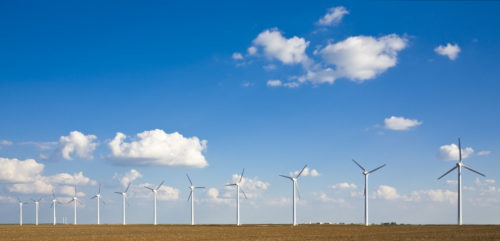
Engage with Us
Take action today and set your community on an ambitious course to carbon-neutrality bringing economic vitality, cleaner air, and better health and resilience.



